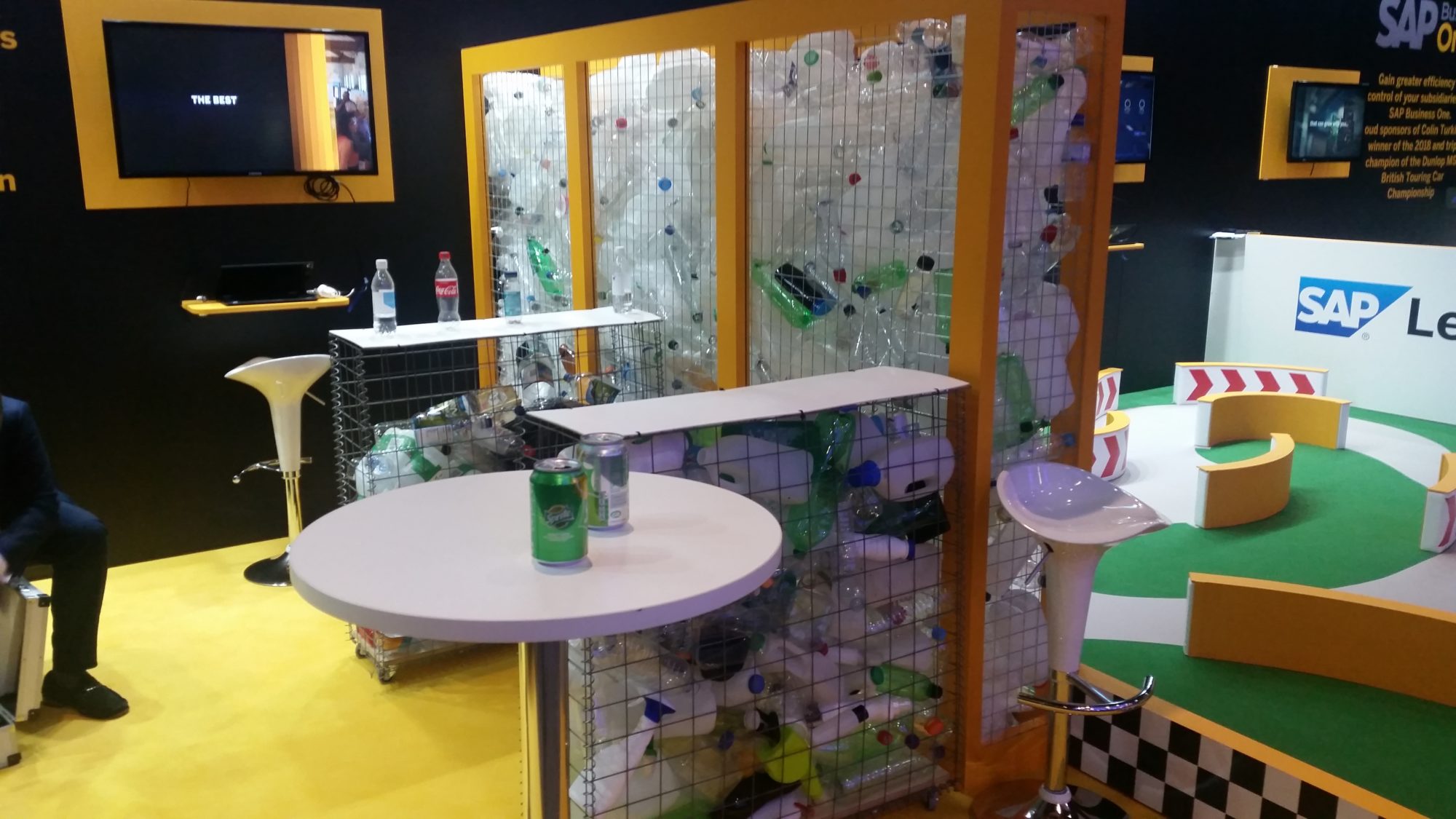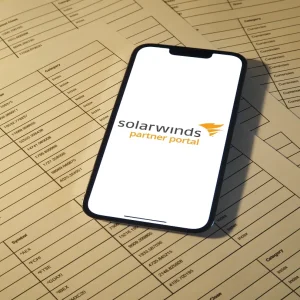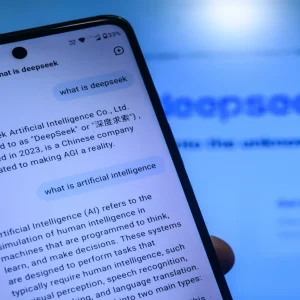
SAP Leonardo is hard to define, it might just be a toolkit that holds all of SAP’s emerging technologies such as machine learning and blockchain, or it could be something more.
When you talk to SAP employees working on Leonardo it’s clear they see it as source of inspiration and innovation for companies; they certainly talk the good talk.
Stephen Jamieson Head of SAP Leonardo in SAP UK & Ireland told Computer Business Review it is: “A method of execution and a way of working with customers to ensure that we are delivering things that are tackling real world, human-centered issues for both customers and employees.”
SAP’s Leonardo was launched at the company’s Sapphire conference in 2017, enabling their customers to access technologies such as machine learning, AI, analytics and blockchain, with intention that these would be run in conjunction with SAP business software.
SAP Leonardo at Work
One project that Stephen Jamieson is excited about is the Plastics Cloud initiative which aims to collect existing and live data from enterprises that use plastics, as well as the plastics supply chain as whole.

Stephen Jamieson told Computer Business Review that the origin of the idea started with his six year old daughter.
They had watched BBC’s Blue Planet together, but his young daughter couldn’t sleep: “Because she was so worried about the effects of plastics in the oceans.”
“Daddy can you do something, you work for a massive company?” his daughter queried him.
As it turns out this may be an issue that SAP is in a good position to address. They started with market research and then created a solution map.
See Also: SAP Finds Not All Users Ready to Make That Leap to S/4HANA
Enterprises will be able to use Leonardo machine learning object recognition to identified a plastic such as a bottle, for example: “It will use a library of images to be able to identify correctly the material within that package and look up your local recycling policy of one of the 240 different policies in the UK and basically tell you where you should dispose of that to ensure the best recycling method.”
Sharing the Information and the data generated by companies is a key factor in making this initiative work. Jens Amail MD of SAP in the UK and Ireland said in a release that: “We need to find a better way to use data. There’s so much information being generated within the plastics supply chain but there’s no single source of access for that information. We hope the Plastics Cloud will serve as another piece of the puzzle to solving the problem of plastic waste.”






